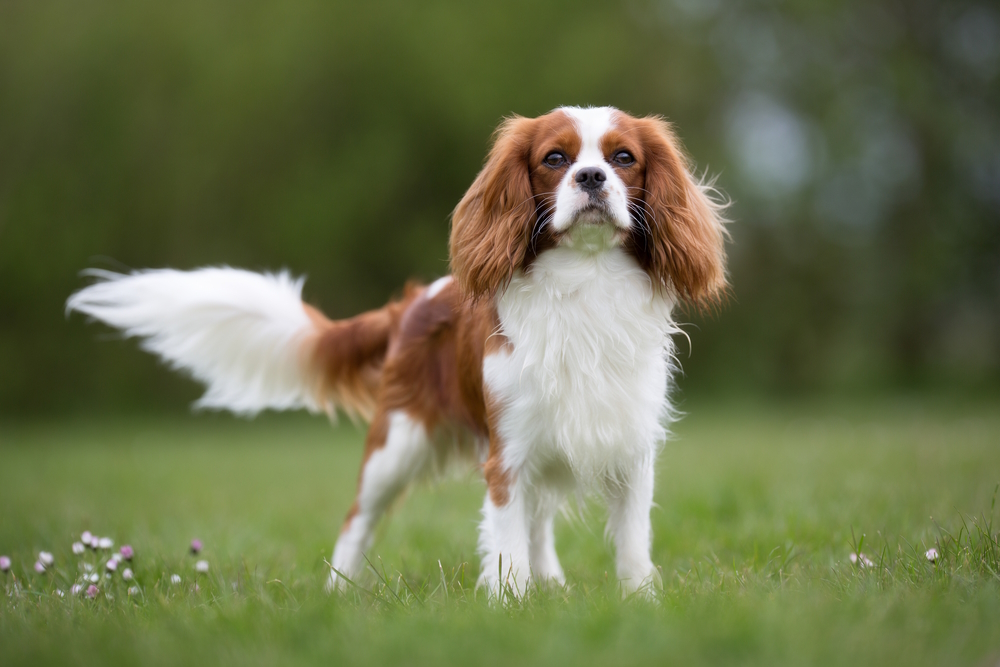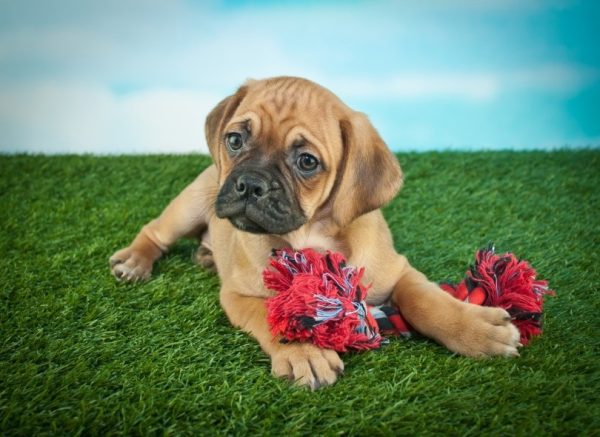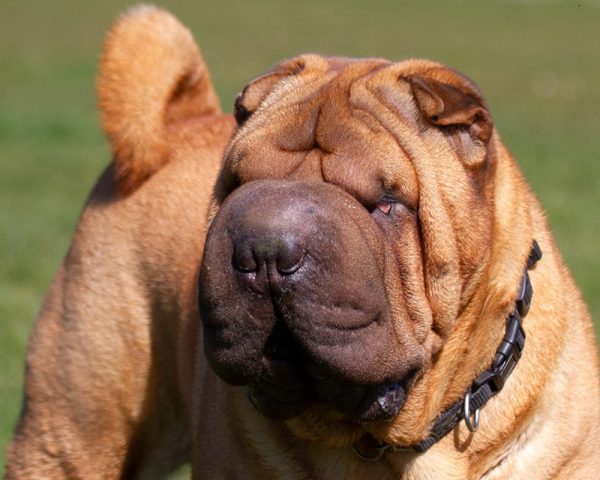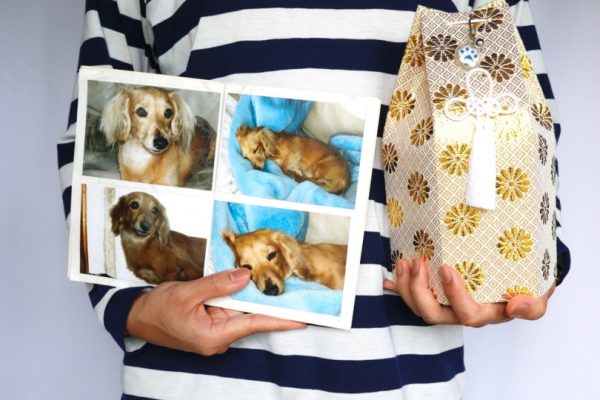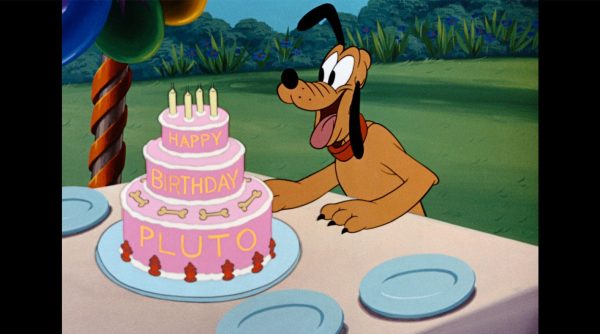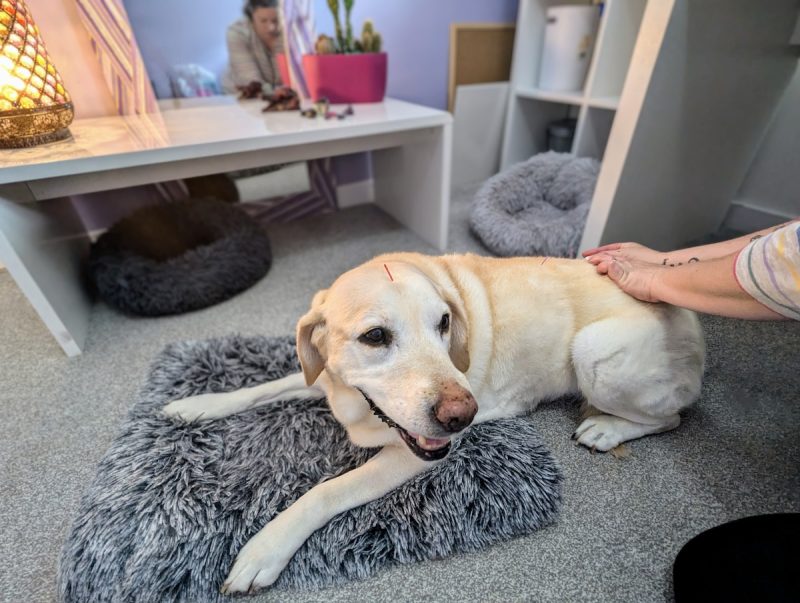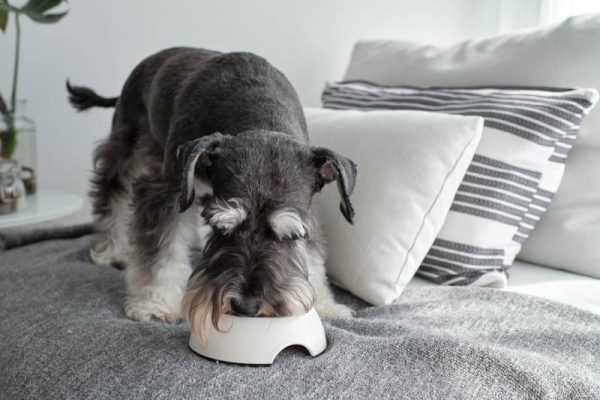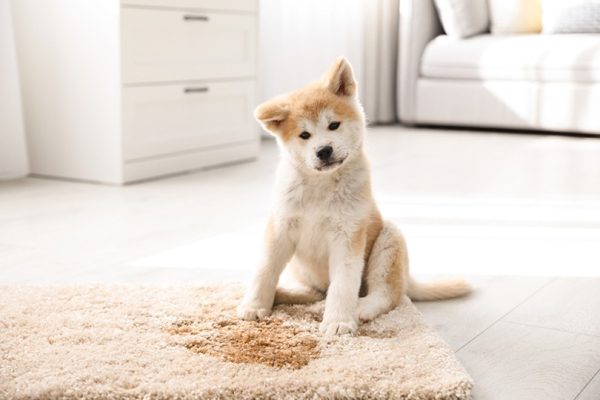In this article
View 8 More +The Cavalier King Charles Spaniel is a beautiful lap dog that is famous for their easygoing and loving temperament. With a name like this, you know that they are special dogs!
If you’ve been considering bringing a Cavalier home, we have the information that you need to know in order to take care of this royal breed.
Breed Overview
Height:
12–13 inches
Weight:
13–18 pounds
Lifespan:
12–15 years
Colors:
Blenheim, black and tan, black and white, ruby
Suitable for:
Families or singles, apartments or houses
Temperament:
Sweet, loving, gentle, friendly, playful
The Cavalier King Charles Spaniel got their name from King Charles I and his son, King Charles II. King Charles II was so in love with this breed that he spent much of his time breeding them, and his dogs accompanied him nearly everywhere.
These small dogs are famously pretty with their long, silky ears and feathered hair on their legs and tails. They can be black and tan, black and white, ruby, or Blenheim, which is white and red.
Cavalier King Charles Spaniel Characteristics

Cavalier King Charles Spaniel Puppies

The Cavalier King Charles Spaniel is a popular dog, and locating a breeder in your area shouldn’t be too difficult. But make a point of looking for an ethical breeder. While puppies from reputable breeders are more costly, you’ll have a dog that is in excellent health and socialized well.
Be wary of puppies advertised at a reasonable price, particularly through online classified ads. You run the risk of purchasing through a puppy mill, which practically guarantees that the puppy will be sickly. You also don’t want to give your money to unethical breeders.
When you’ve found a good breeder, ask them these important questions, and make a point of touring their kennels/homes, which will give you an idea of how well the dogs are being taken care of.
However, you should also consider adopting your Cavalier King. Since they are relatively popular, you might find one through your local rescue organization.

Temperament & Intelligence of the Cavalier King Charles Spaniel 🧠
Cavalier King Charles Spaniels are smart and sweet. They love being with their families and are quite prone to suffer from separation anxiety if they are left alone for long periods. So, you should only consider the Cavalier King if you’re home most of the time.
Since they aren’t demanding dogs, they can do quite well with an elderly owner. They are adaptable and loyal and can do well in apartments and homes with a yard.
Are These Dogs Good for Families? 👪
Cavalier King Charles Spaniels make incredible dogs for families. They are gentle and playful with children and are quite tolerant overall.
Bear in mind that there must always be constant supervision with younger children interacting with your dog, regardless of how trusted the dog is. Children must be taught to respect dogs and how to approach them. Having your kids participate in the dog’s care is a great way to give them responsibility and a better understanding of how to respect all animals.
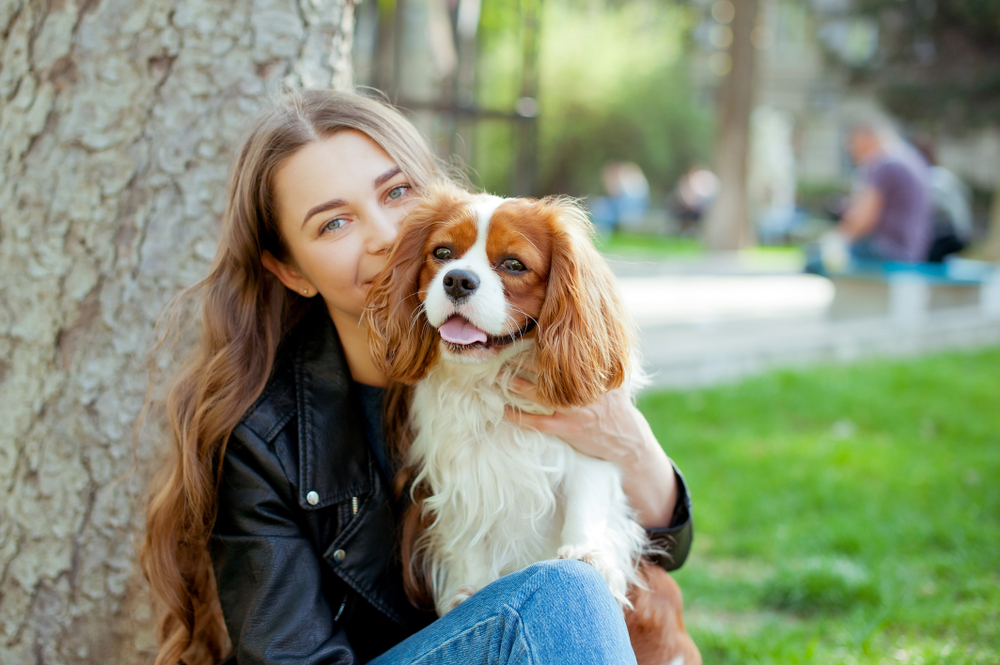
Does This Breed Get Along With Other Pets? 🐶 😽
Cavalier King Charles Spaniels are so social and friendly that they are known to get along with other animals quite well. Still, they are spaniels, so some of that hunting instinct can kick in among smaller animals.
If they are raised alongside these pets, like cats or rabbits, they will likely get along quite well with them. However, it’s important to supervise your Cavalier King if you have much smaller animals or birds. The hunting instinct could still arise.

Things to Know When Owning a Cavalier King Charles Spaniel
Food & Diet Requirements 🦴
Cavalier King Charles Spaniels need high-quality dog food that will support their current life stage. This means the food should reflect their current age, weight, and activity level. You should speak to your veterinarian and follow the guidelines found on the food bag to determine how much and how often you should feed your Cavalier King.
Go easy on the treats, particularly since Cavalier Kings are prone to obesity, and ensure that they have constant access to clean water.

Exercise 🐕
Cavalier King Charles Spaniels will do best with 40- to 60-minute walks daily, broken down into two or three walks. On top of this, they need extra physical and mental exercise through playtime and fun activities like playing fetch or being involved in agility and obedience.
But since Cavalier Kings are so adaptable, although they are energetic and love getting exercise, they can be just as happy hanging around at home and sleeping. This is another reason that they are prone to obesity, so it’s essential that you meet their exercise needs.
Training 🎾
Training Cavalier Kings is quite easy: They are bright and eager to please and consequently, pick up training quickly. Since they are also food motivated, using treats along with positive reinforcement will get you the best results. The hunting instinct will show itself periodically, though, so they should be leashed at all times and trained in recall.

Grooming ✂️
Grooming a Cavalier King Charles Spaniel isn’t too complicated, but they aren’t considered low maintenance. They require brushing about three to four times a week with a bristle or pin brush to remove tangles. They need a bath about once a month or when necessary with a good dog shampoo.
You’ll also need to check and clean their ears about once a week, trim their nails every 3 to 4 weeks, and brush their teeth daily.
Health and Conditions 🏥
The Cavalier King Charles Spaniel is an overall healthy breed, and good breeders will screen their dogs for health conditions. But they are susceptible to several genetic health problems that you should be aware of.
- Cherry eye
- Dry eye syndrome
- Cataracts
- Patellar luxation
- Hip dysplasia
- Mitral valve heart disease
- Syringomyelia
Male vs. Female
This is a small breed in general, but the female Cavalier King Charles Spaniel tends to be a little smaller than the male. Males average 13 inches and weigh 13 to 18 pounds, whereas females average 12 inches and weigh 10 to 18 pounds.
Regarding temperament, female Cavalier King Charles Spaniels are thought to be easier to train and less excitable than males. But the males are thought to be more affectionate and playful.
Just remember that the dog’s personality is determined more by their upbringing and socialization than their sex.

3 Little-Known Facts About the Cavalier King Charles Spaniel
1. The Cavalier Is the Largest Toy Breed
The Cavalier King Charles Spaniel measures 12 to 13 inches and weighs 13 to 18 pounds. Let’s compare this to the smallest toy breed, which is the Chihuahua: They are 5 to 8 inches in height and don’t typically weigh more than 6 pounds!
2. Most Cavaliers Have a Blenheim Spot
Many Cavalier King Charles Spaniels have a chestnut-colored spot right on the top of their heads, and there’s a legend that explains this.
In 1704, the Duke of Marlborough was off fighting in the battle of Blenheim, which he won. The story goes that the Duchess of Marlborough, Sarah, would stroke the top of her pregnant Cavalier’s head for comfort while her husband was at battle. The dog went into labor when the news of the victory broke, and her puppies were born with the chestnut spot on their heads, which is why it’s called the Blenheim spot.
3. The Cavalier Is a Comforter Spaniel
The Cavalier King Charles Spaniel was given the nickname “the comforter spaniel” because of their affectionate nature and propensity to cuddle up on laps.
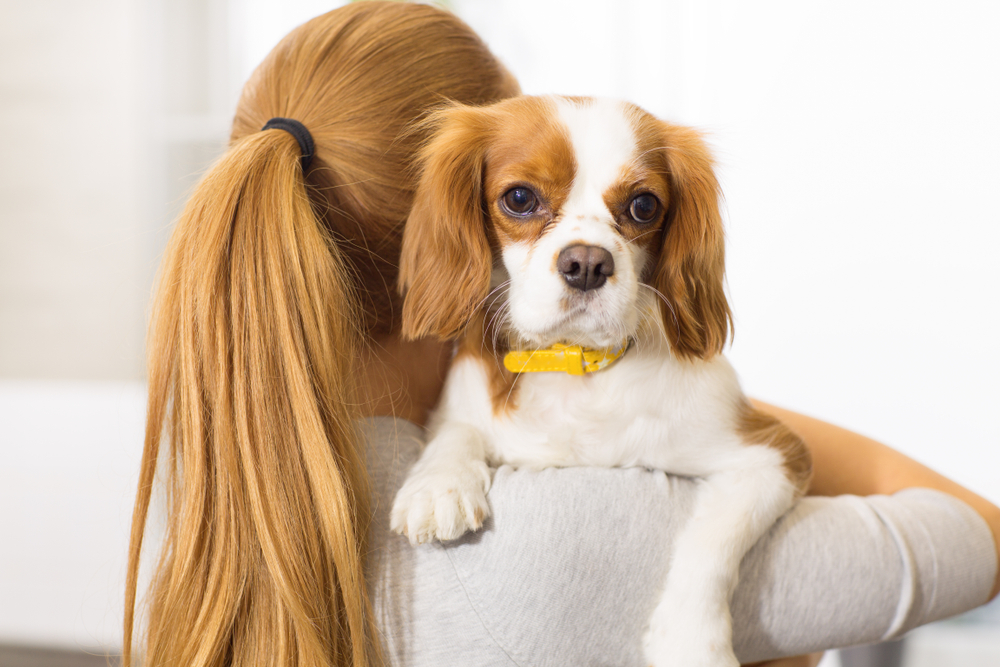

Conclusion
You really can’t go wrong with a Cavalier King Charles Spaniel. This breed is gentle, loving, and social! They love everyone they meet—strangers, other dogs, and children are all fair game for the friendly greeting of the Cavalier King Charles Spaniel.
Finding one of these dogs shouldn’t be too difficult. Just remember to do your research in order to find the best breeder. If you have your heart set on a rescue dog, try organizations like Cavalier Rescue USA.
However you get your Cavalier King, you won’t regret making this gorgeous, loving dog a part of your family.
Featured Image Credit: otsphoto, Shutterstock
